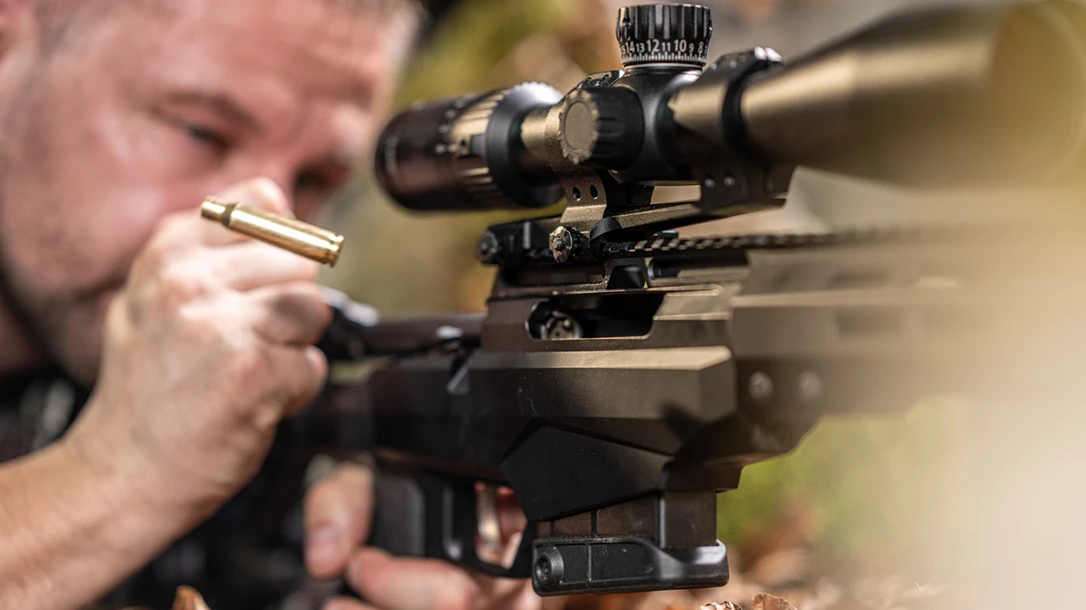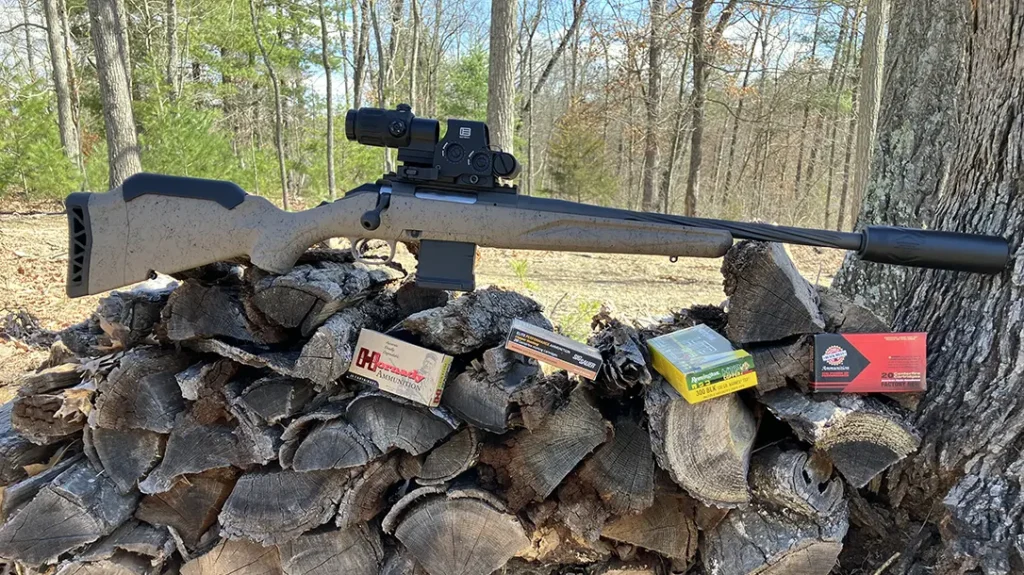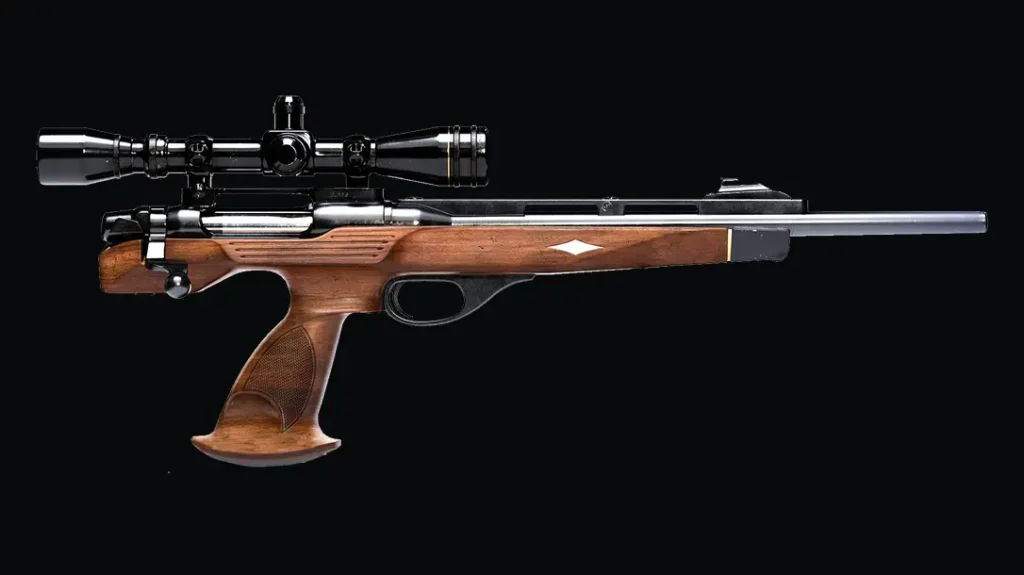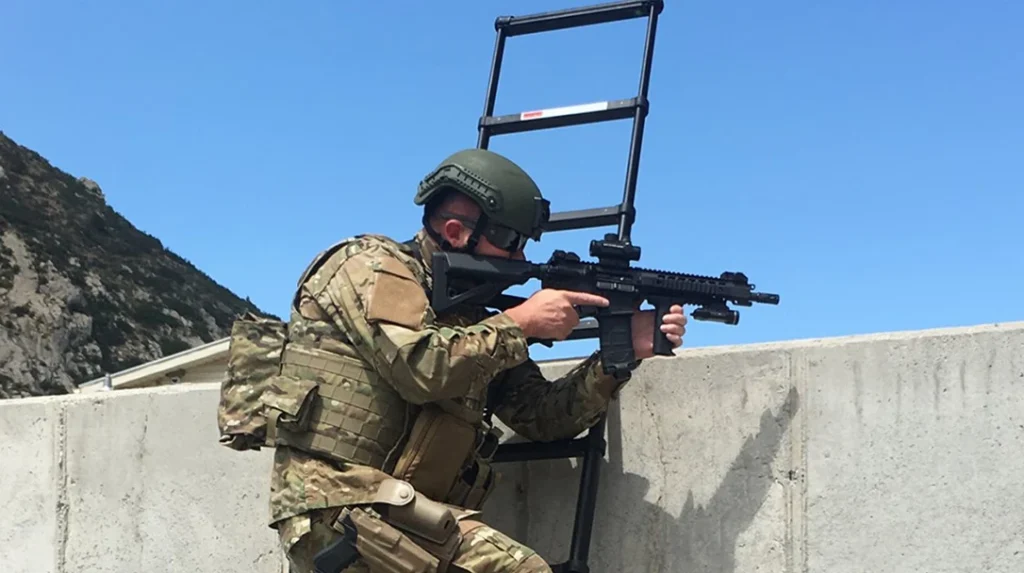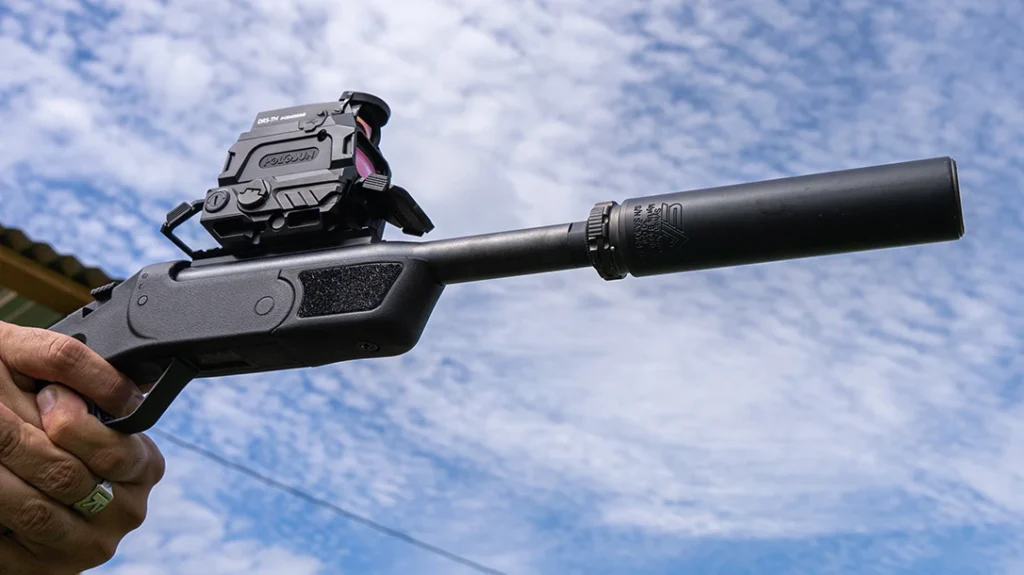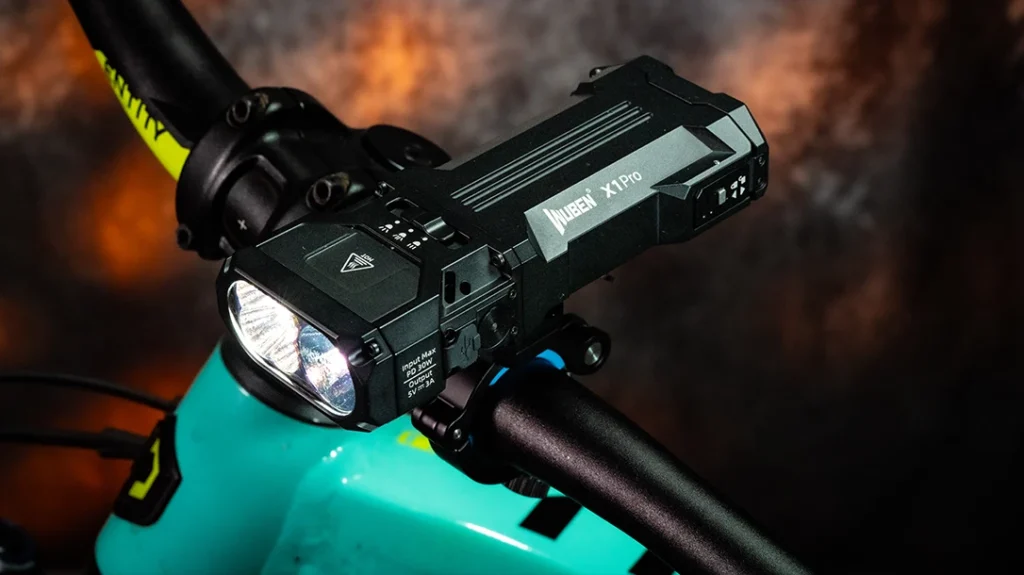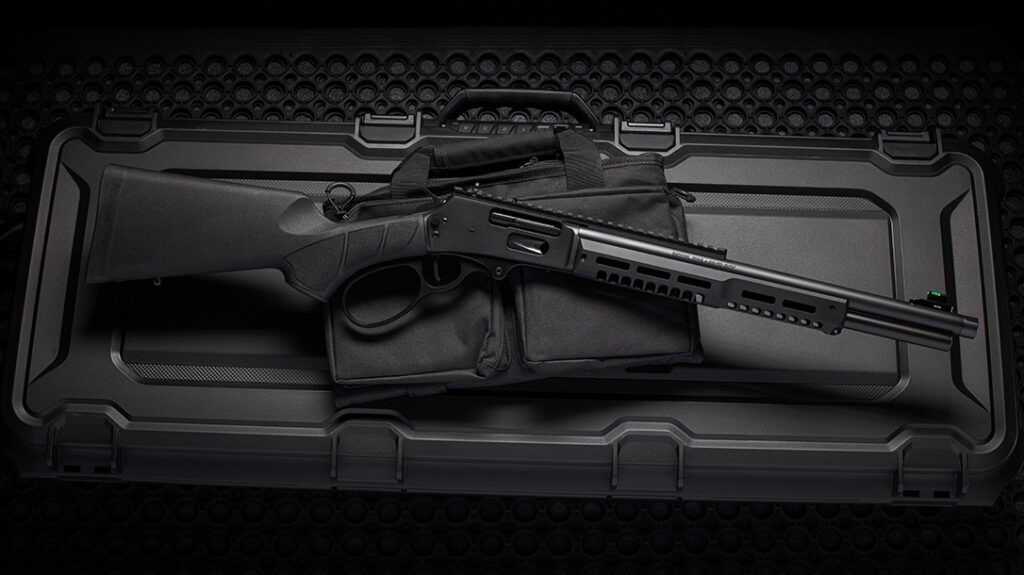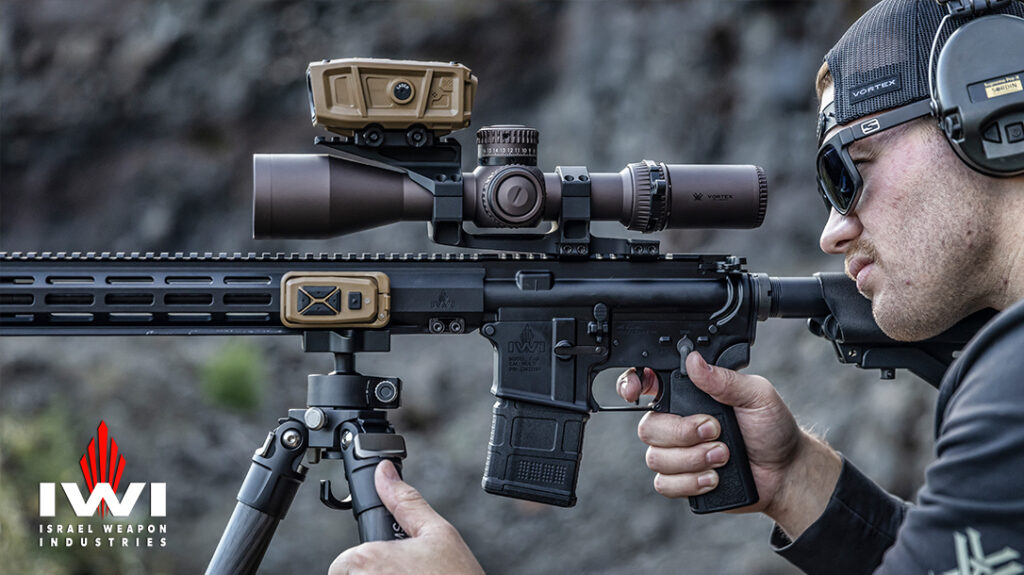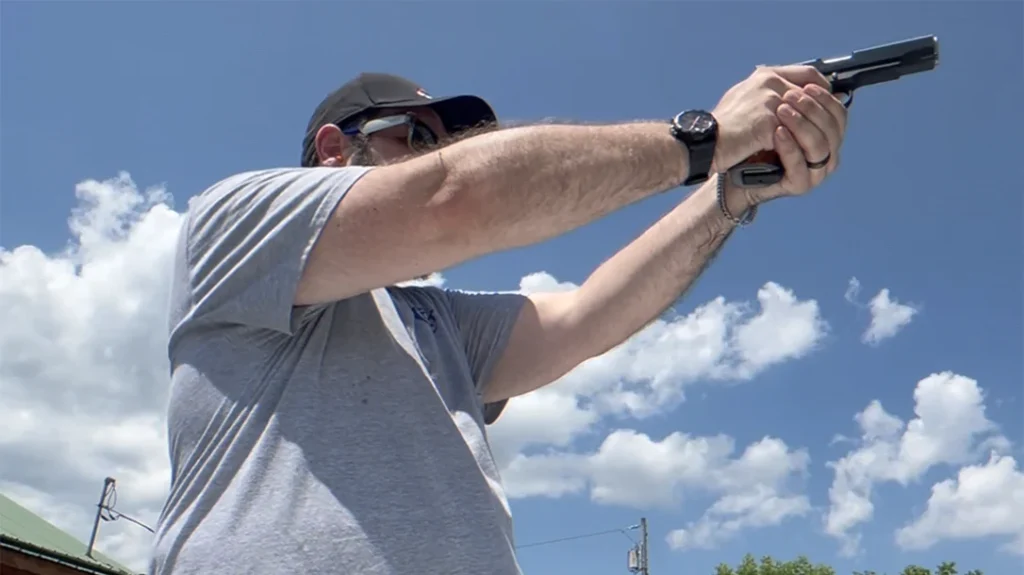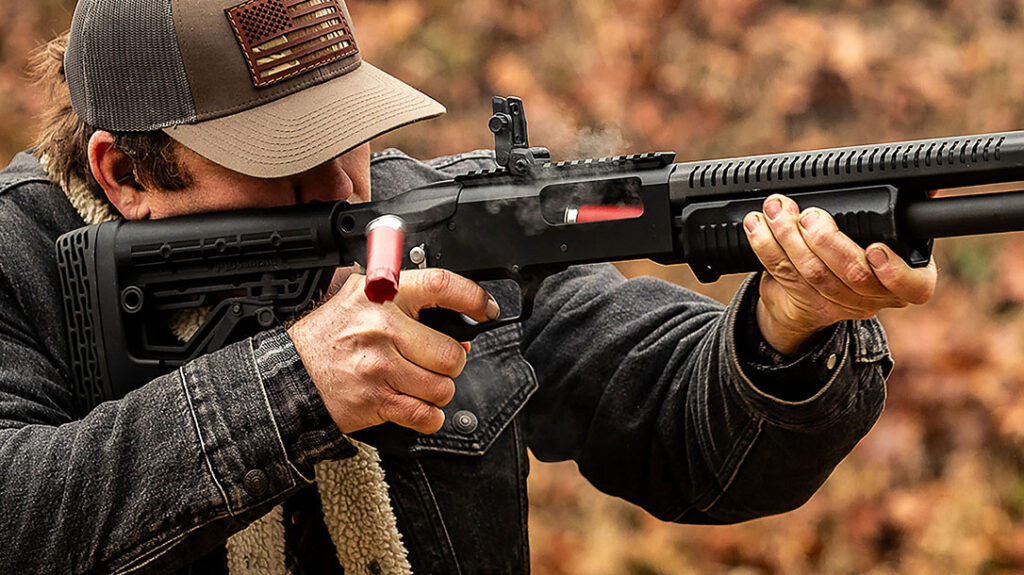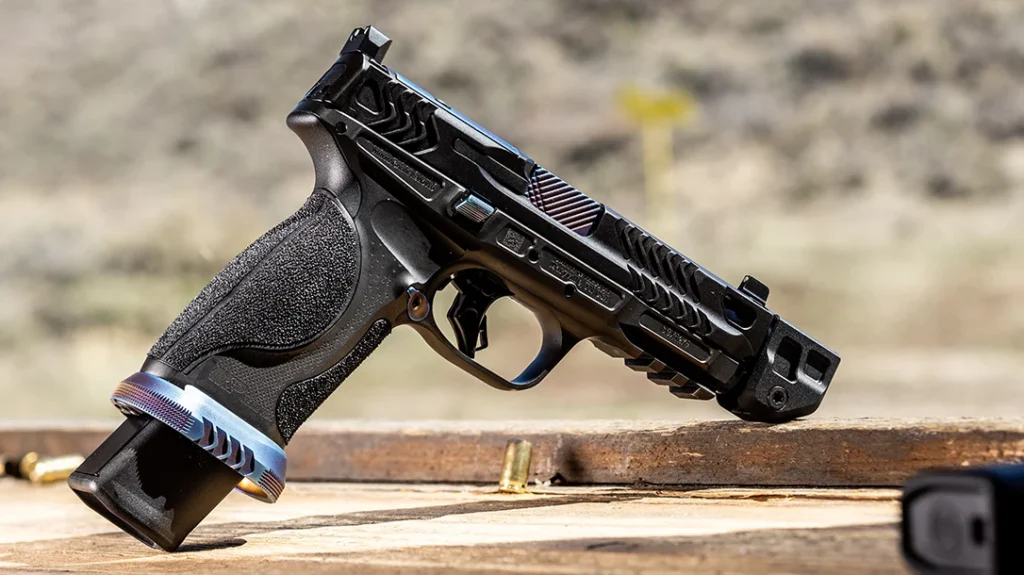One of the fastest growing segments of the shooting sports is long-distance competition shooting. For those new to firearms, we’re talking about engaging targets from about 600 yards out to a mile or more! If that sounds impossible, be assured it isn’t, as many shooters embrace the challenge of trying to hit a target so far away.
While it’s common to shoot targets at great distances just because it’s fun, many find that they want to take it further and compete against others with the same lofty goal. That has resulted in long-range competition organizations that are gaining steam as more shooters become interested in the sport. Fortunately, as with many shooting competition types, many long-range shooters are very helpful, glad to help newcomers just coming into the sport.
Long-Distance Competition
The Precision Rifle Series (PRS) is the leader in the field of catering to long-range aficionados, featuring targets sometimes exceeding 1,000 yards. In these matches, shooters aim at steel targets from a variety of ranges and are rewarded for their accuracy.
Advertisement — Continue Reading Below
The National Rifle League (NRL) also offers rifle competitions shot mostly at longer ranges. NRL22 focuses on .22-caliber rimfire rifles and air rifles, making it more accessible and affordable for newcomers to the sport. NRL Hunter matches combine elements of precision shooting with hunting scenarios. Competitors engage steel targets from natural field positions, simulating real-world hunting challenges.
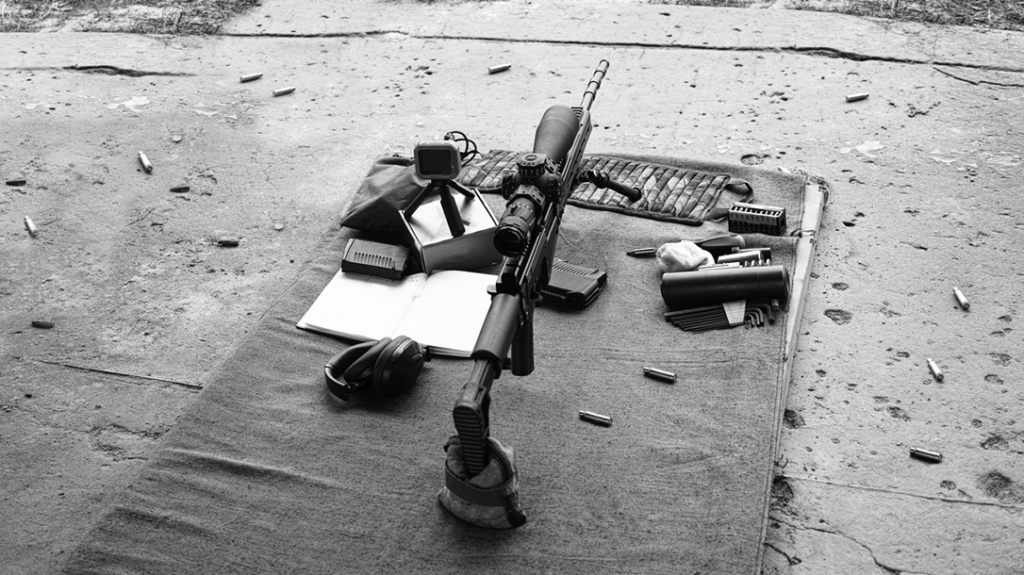
Of course, the National Rifle Association also sponsors a number of long-range shooting competitions, including their National Matches and others, many of which are not quite as equipment-extensive as some other organizations. Check them out here, then plan to get involved soon.
Advertisement — Continue Reading Below
Those interested in finding other organizations that specialize in long-distance rifle shooting can do a simple internet search.
Equipment Needs
Long-distance competitions require a lot of equipment, and to outfit yourself well is going to take a pretty big initial cash layout. Of course, you need an accurate rifle chambered in a cartridge capable of good ballistics out to 1,000 yards and beyond.
Top calibers for long-distance shooting include several chamberings that have just come along in the last decade. Some good ones include 6.5 Creedmoor, 6mm Creedmoor and 7mm SAUM. Of course, the old standards like .300 Win Mag, .308 Winchester and .223/5.56mm can also be used effectively.
Advertisement — Continue Reading Below
Many long-distance competition rifles are going to set you back $3,000 or more. It is possible, however, to get into the game without quite as big of initial expenditure. In fact there are some pretty good long-range rifles to be had under the $2k mark, including both the Ruger Hawkeye Long-Range Target and the Colt CBX Precision.

The Ruger’s two-tone target stock features a two-way adjustable comb and adjustable length of pull, along with a free-floated, cold hammer-forged 4140 chrome-moly steel barrel with 5R rifling. It also boasts an adjustable, two-stage target trigger with a short take-up stage, followed by a crisp, light target. Available calibers include .204 Ruger, .308 Win., .300 Win. Mag., 6.5 Creedmoor and 6.5 PRC. MSRP is $1,619
Advertisement — Continue Reading Below
Glass & More
Of course, you’ll also need a high-quality riflescope with high magnification to help you see targets at distance. Scopes with ballistic solutions to help you figure drop and windage are available and will help with your long-distance accuracy, but they, too, are quite pricey.
You’ll also need a spotting scopes (good binoculars can get you by at first), along with a tripod to mount it on. A tripod for your gun, along with sand bags, will help with stability—an important factor in long-range shooting—and a rangefinder is also a must. Additionally, good, match-grade ammo will enable you to be more accurate as targets move farther out.
Lastly, you’ll eventually need some kind of ballistic calculator to figure out various factors to make accurate long-distance shots. This can wait until you’re hooked and ready to spend a little more money on the game.
Advertisement — Continue Reading Below
That’s A Wrap
There are many ways to get started. Probably the best is to attend a match as a spectator to see what the game is all about and determine if it’s worth a pretty substantial financial outlay to get started. Or, if you already have the equipment necessary, there’s nothing wrong with jumping in with both feet. Most of us learn best from our failures, and there will be plenty of people willing to help you along on your way to becoming accurate at greater distances than you likely ever imagined.
As with any kinds of shooting competitions—and shooting in general, for that matter—safety is the top priority in long-range shooting. Be sure and follow the time-honored rules of gun safety, along with any other rules the competition organizer might have for the match.
Advertisement — Continue Reading Below
